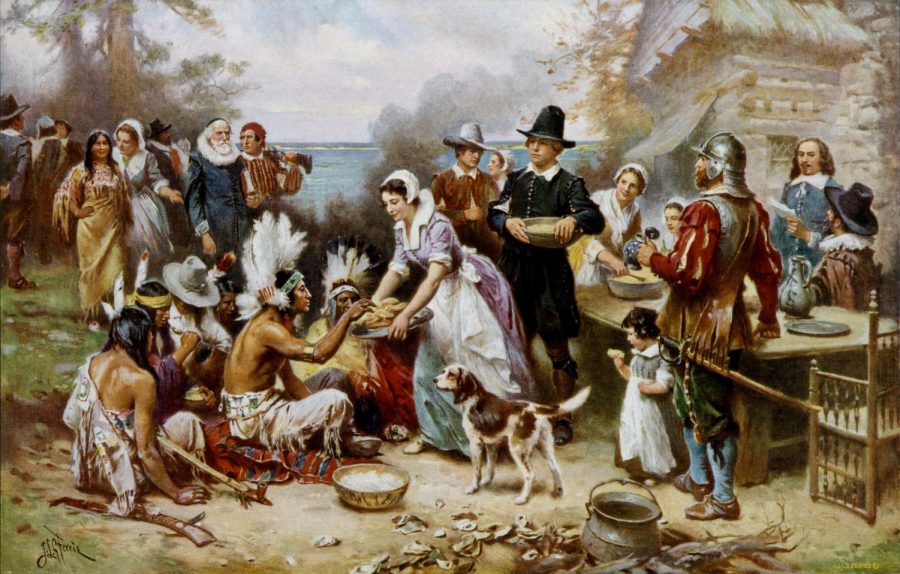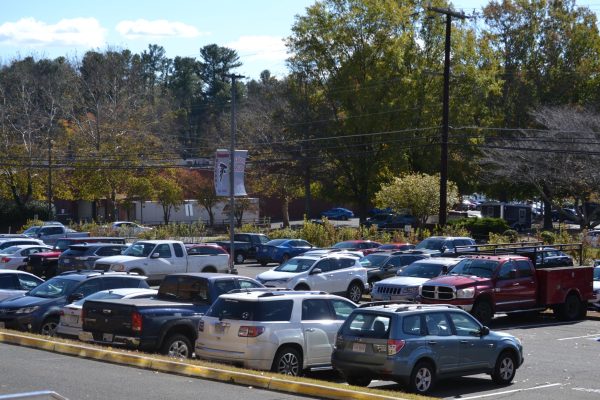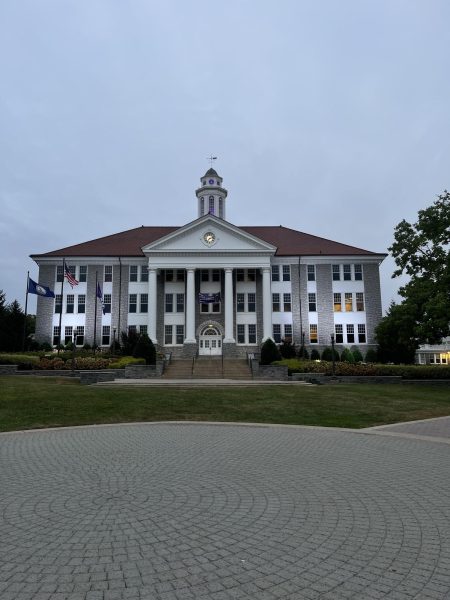Thanksgiving: A Day of Tradition and History
provided by Library of Congress
Historians suspect the first Thanksgiving took place to make an alliance between the Wampanoag and Pilgrims.
Today’s Thanksgiving traditions stem from the famous 1621 three day feast between the Wampanoag natives and the Plymouth Pilgrims. The natives and the puritans each held feasts, since the dawn of time, to celebrate a good harvest, show gratitude to their gods and wish for a better year.
The most famous feast was planned by the Wampanoag sachem (chief) Ousamequin. Ousamequin, who had known Europeans his entire life and had two English speaking tribesmen, planned a feast with the incoming Puritans. He wanted to establish an alliance and gain protection from the neighboring tribe, the Narragansetts.
For many years this became tradition, partly because of a letter sent back to England describing the three day feast. People in England loved it, and it became a homegrown tradition for colonists in the New World. The affection for the event began to morph into a legend about the greatness of the Christian colonists and their bond with the natives, their unity.
It became so popular that the founding fathers wanted to make it a national holiday on a Thursday in November. However, the power to have the holiday was left with the states. Certain states like Virginia, Florida, Texas and Maine, where Thanksgiving was celebrated, all claimed they were the site of the first, true, Thanksgiving.
The Plymouth Thanksgiving was not the most famous Thanksgiving until 1841. Reverend Alexander Young’s “Chronicles of the Pilgrim Fathers” stated that the 1621 Massachusetts Thanksgiving was the first. He also claimed that the dinner was centered around the turkey.
According to David Silverman, author of “This Land is Their Land: The Wampanoag Indians, Plymouth Colony, and the Troubled History of Thanksgiving,” Young likely wrote the publication to show the grandeur of the Christian white people. The publication came out a couple years before Bleeding Kansas and the rise of John Brown.
In 1863, Abraham Lincoln made Thanksgiving a holiday, on the last Thursday of November. He hoped it would help give a reason for the American people to unite. Lincoln made the decision because of pressure from Sarah Josepha Hale, editor of the women’s magazine “Godey’s Lady’s Book”, who started campaigning for a national holiday in 1827.
Thus it became a holiday, however each president had to announce that the holiday would be taking place each year. In 1939, the last Thursday of November was also the last day of the month. Concerned with the shortening of the Christmas shopping season, President Theodore Rossevelt moved the holiday to the second to last Thursday of November. In 1941, Congress decided to make Thanksgiving a federal fixed holiday on the fourth Thursday of November.
Thanks for reading The Falconer. We're happy to provide you with award-winning student journalism since 1963, free from bias, conflicts of interest, and paywalls. We're able to continue with the generous support of our local community. If you're able, please consider making a donation. Any amount is incredibly helpful and allows us to pursue new and exciting opportunities.

Hello, I am Helene Burch! I am a senior, this is my first year working with the Falconer, and I am the News Editor. I have always loved writing, so during...





